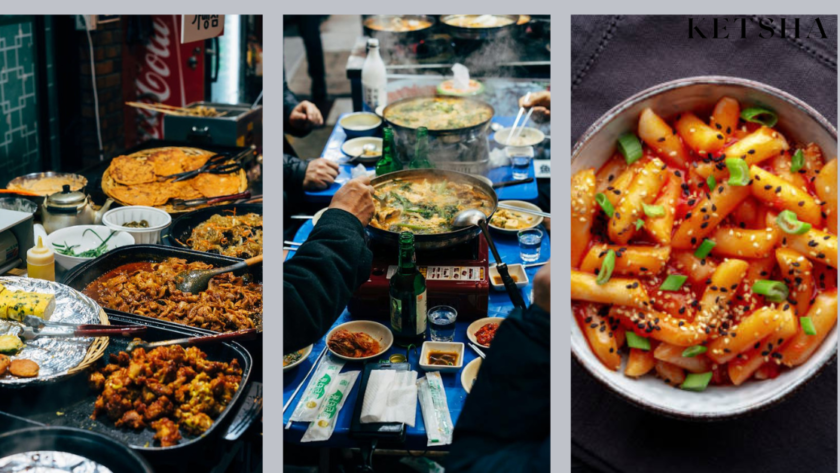Without a doubt, any foodie’s bucket list must include Korean street cuisine. South Korean street cuisine offers a wide variety of delicious starters that make for an unforgettable dining experience. Every taste can find something they enjoy, from sweet snacks like Gungoguma and Hotteok to spicy delights like Sundae, Japchae, and Tteokbokki. Foodies in South Korea have an abundance of alternatives to choose from when dining out, and we’re here to help you explore the top 20 street foods that will leave you wanting more. As we take you on a gourmet tour across South Korea’s well-known street food scene, be ready to drool.
01. Tteokbokki
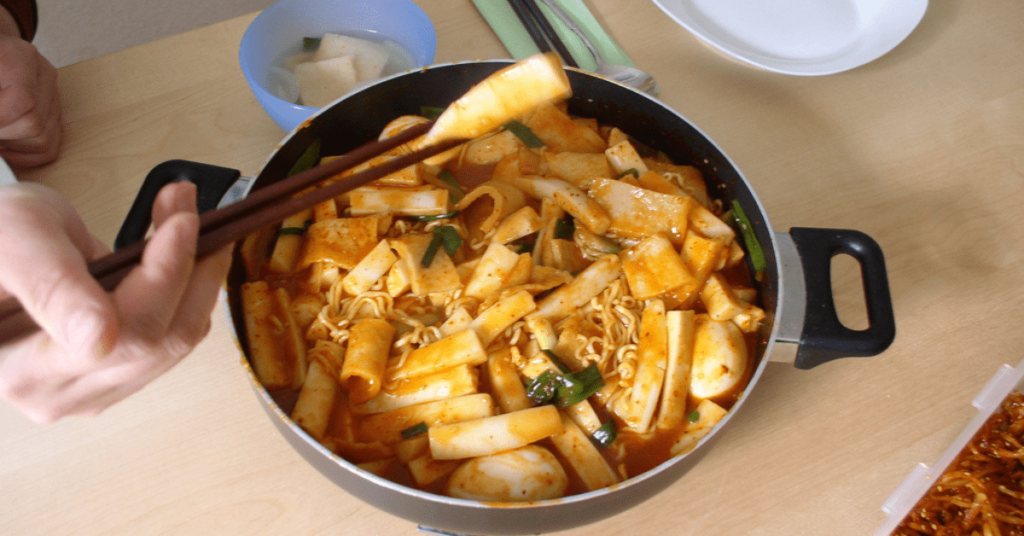
Do you enjoy a spicy diet? Then you must try tteokbokki, one of the most well-liked street food in Korea. This meal is typically served with fishcakes, boiled eggs, scallions, and sesame seeds. It is composed of chewy, stir-fried rice cakes coated in spicy gochujang sauce. Not only that, but tteokbokki also comes in different varieties, such as ones with cheese, bacon, or even carbonara sauce.
We promise you won’t be able to stop eating this dish—it’s sweet and spicy and will leave you wanting more.
02. Sundae

For those who are not familiar with Korean street cuisine, sundae might not sound all that tempting, but the locals enjoy it. Pork blood, sticky rice, cellophane noodles and a combination of flavours including miso paste, sprouts and kimchi are used to make this uncommon kind of blood sausage. Although sundae’s chewy texture may take some getting used to, its low fat percentage makes it a healthier sausage option.
03. Kimchi
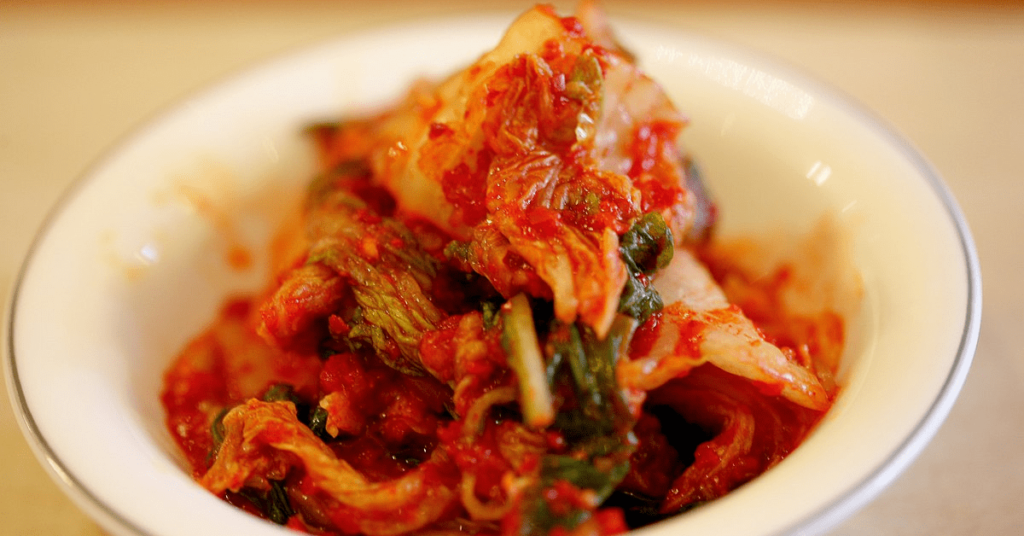
Kimchi There’s nothing as iconic as kimchi in Korean cuisine. A mainstay of Korean cuisine, this fermented vegetable dish comes with nearly every meal. It’s seasoned with a mixture of fish sauce, garlic, ginger, and gochugaru, a type of Korean red pepper flakes. Made with cabbage or pickles.
Kimchi, however, is a phenomenon in culture rather than merely a side dish. Every family in Korea has a special recipe for kimchi that they have been honing for centuries, and they take great pride in it. In honour of this cherished cuisine, there are even kimchi museums and festivals.
04. Korean BBQ
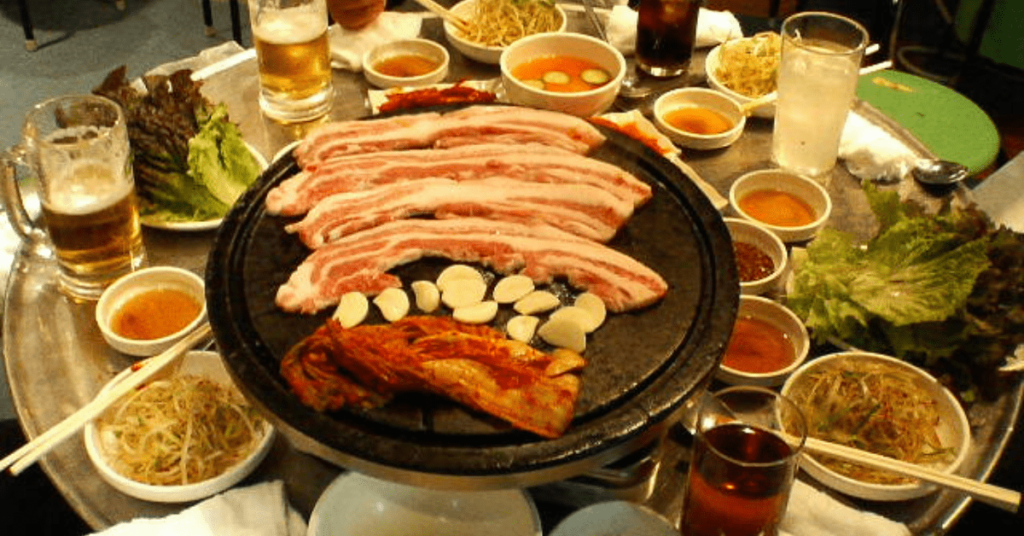
In Korea, barbecue is more than just a cooking technique; it’s a deeply rooted cultural practise. Korean BBQ, often referred to as gogi-gui in the region, is cooking meat at the table, usually chicken, hog, or beef. When the meat is perfectly cooked, you may wrap it in lettuce leaves and serve it with a choice of condiments, such as a dab of salt or gochujang, a hot red pepper sauce fermented in soybean oil. Korean BBQ is best shared with loved ones and friends and is a wonderful opportunity to strengthen bonds over delicious food.
Many Korean BBQ restaurants include marinated meats like bulgogi (thinly sliced, marinated beef) and galbi (short ribs), in addition to the traditional cuts of meat. The most well-liked meat for Korean barbecue in Korea is pork belly, or samgyeopsal, if you’re feeling very daring. All things considered, everyone travelling to South Korea who like meat and mingling has to taste Korean BBQ.
05. Japchae

Japchae, a well-loved Korean dish, features stir-fried glass noodles, vegetables, and meat. Frequently encountered as a popular street food and a staple on restaurant menus, the glass noodles distinguish themselves by being crafted from sweet potato starch, providing a unique texture compared to other noodle varieties. Infused with flavors from sesame oil and soy sauce, and occasionally sweetened with sugar or honey, Japchae boasts a delightful taste profile.
This recipe usually includes veggies such bell peppers, mushrooms, carrots, and spinach, with the main meat options being beef or pig. Beyond only being tasty, japchae is also a healthy and delicious dinner that will leave you feeling happy and full afterward.
06. Bibimbap

Bibimbap, originating from Jeonju, South Korea, is a delectable mixed rice dish. Comprising white rice, sautéed vegetables, optional meat, and a crowned fried egg, bibimbap is generously served with a spicy gochujang sauce for that zesty kick. Renowned for its versatility, you can customize your bibimbap by mixing and matching vegetables and proteins according to your taste preferences. Whether you’re a vegetarian or a devoted meat enthusiast, bibimbap offers a hearty and nutritious meal suitable for any time of the day. Ensure you seize the opportunity to savor this delightful dish at one of Seoul’s numerous street food markets.
07. Fish Cakes
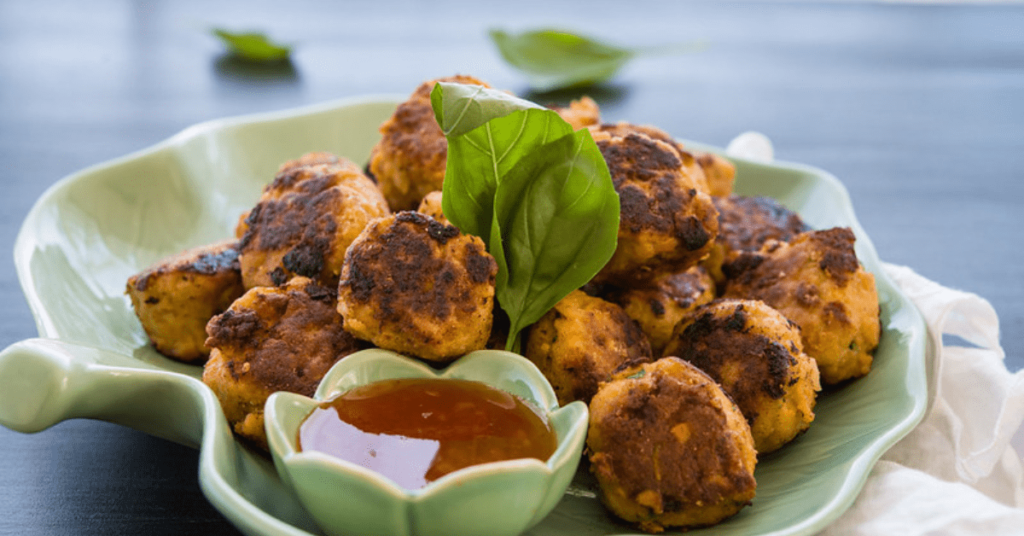
Fish cakes, known as odeng, stand out as a popular and affordable street food choice across Korea. Available in various spots, from street-side carts to markets and restaurants, these treats are crafted from a mixture of fish paste, starch, sugar, salt, and veggies. The blend is shaped into sticks, boiled in broth, and then sliced into thickness variations.
Now, here’s the tasty twist: the broth used for boiling the odeng is served alongside the fish cakes, creating a delightful soup. Picture a flavorful mix of seafood and vegetables, with a touch of sweetness and saltiness from the fish cakes.
These fish cakes can be relished solo or paired with other Korean street food gems like tteokbokki and gimbap. It’s a must-try for seafood enthusiasts, and bonus – it’s a healthier option compared to the usual deep-fried snacks.
So, if you’re on the lookout for a quick, satisfying snack while navigating the lively streets of Korea, odeng deserves a spot on your must-try list. Just dip a stick or two into the steaming broth, and you’re in for a treat!
08. Gimbap

Gimbap, a Korean-style sushi roll, stands out for its cooked ingredients, differing from traditional sushi that often features raw fish. It has become a favored choice for lunch, office snacks, picnics, and even breakfast in South Korea, appealing to a broad audience.
The fillings are diverse, ranging from bulgogi, tuna mayo, pork, cheese, kimchi, fried shrimp, tonkatsu, tteokgalbi to flying fish, eggs, and wasabi. Notably, fried gimbap has gained popularity, particularly in Busan.
For anyone exploring South Korea’s street food scene, Gimbap is a must-try. It serves as a delightful representation of the rich and diverse flavors found in Korean cuisine.
09. Hotteok
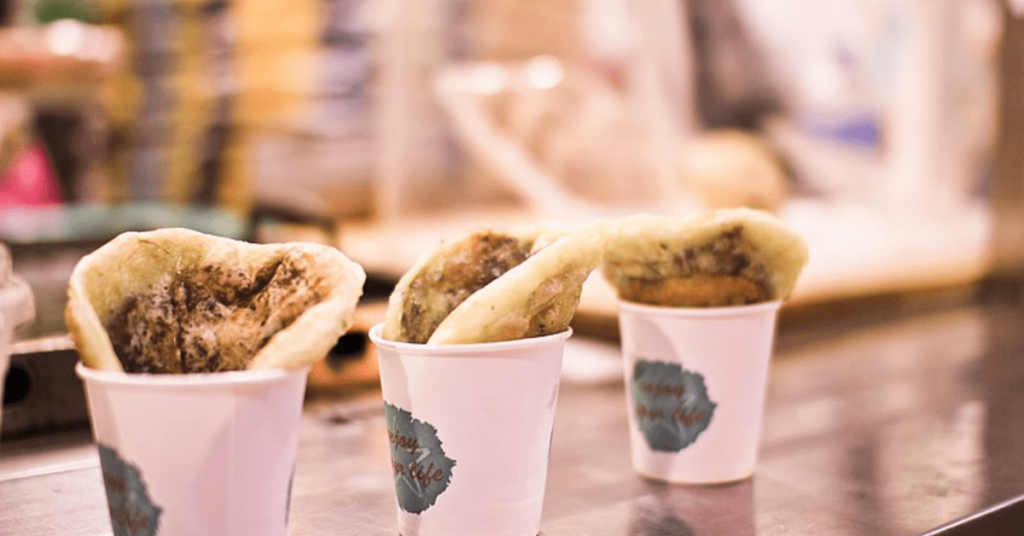
If you’re on the lookout for a sweet and nutty snack, Hotteok is the way to go. These delectable pancakes are griddled to the perfect crispiness on the outside, maintaining a delightful soft and chewy interior. What sets them apart? The mouthwatering filling crafted from sugar, honey, nuts, and cinnamon.
Sized just about as big as your palm, these little pastries make for an ideal on-the-go treat as you explore the city. Hot tip: They’re best enjoyed hot, and you’ll find more Hotteok stalls bustling during the colder months. Take a stroll through the street markets of South Korea, and you won’t have to venture far to discover a vendor dishing out these scrumptious delights.
10. Tteok-kkochi

Tteok-kkochi is a delightful Korean street snack that effortlessly satisfies your cravings with its perfect blend of crunch, sweetness, spice, and saltiness. This popular treat features fried rice cakes skewered and generously coated in a thick sauce crafted from a mix of Korean chili paste (gochujang), soy sauce, brown sugar, honey, sesame oil, and garlic. The aromatic sauce complements the lightly fried rice cakes, and what makes it even more exciting is the variety of flavor combinations available, ranging from hot pepper and anchovies to boiled eggs, scallions, dried seaweed, and more.
Ideal for a quick and tasty bite as you stroll through the streets, Tteok-kkochi invites you to savor not just the flavors but also the cultural experience it brings to your exploration of Korean street food.
11. Gilgeori Toast
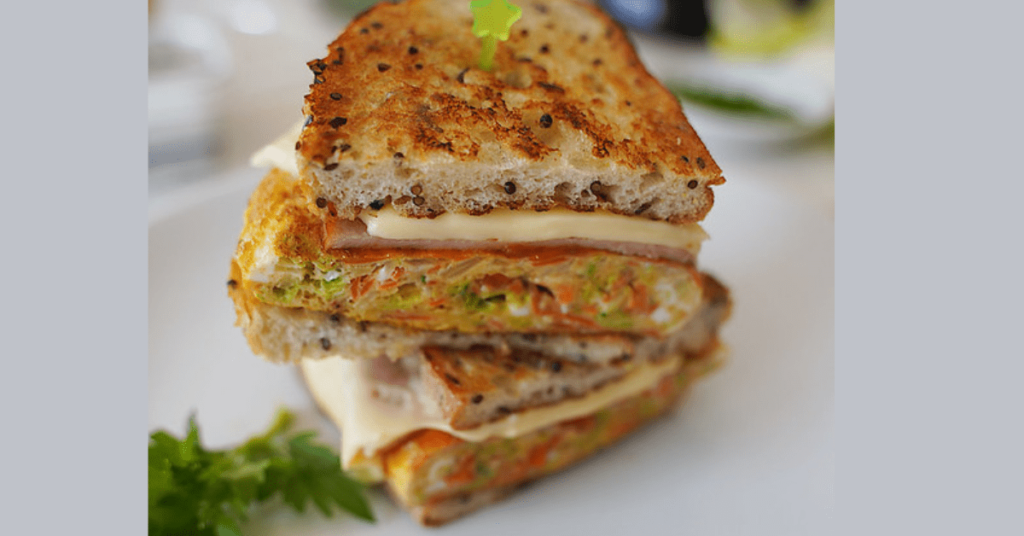
Let’s talk about a serious upgrade from your usual toast – enter Gilgeori toast, the undisputed champ of Korean street breakfasts. Imagine this: soft bread loaded with gooey melted cheese, egg, fresh veggies, and honey ham. Now, take that mental image and imagine it hot off the panini press of a street vendor.
This isn’t your typical Western toast; it’s the South Korean breakfast of champions. It’s a whole meal on its own, with a delightful mix of sweeteners like honey or sugar, creating the perfect sweet and salty balance. As you stroll through bustling Korean markets, the irresistible scent of toasty goodness, paired with pickled daikon radish and mustard sauce, will pull you in. Trust me, the calorie investment is absolutely worth it!
12. Dakkochi
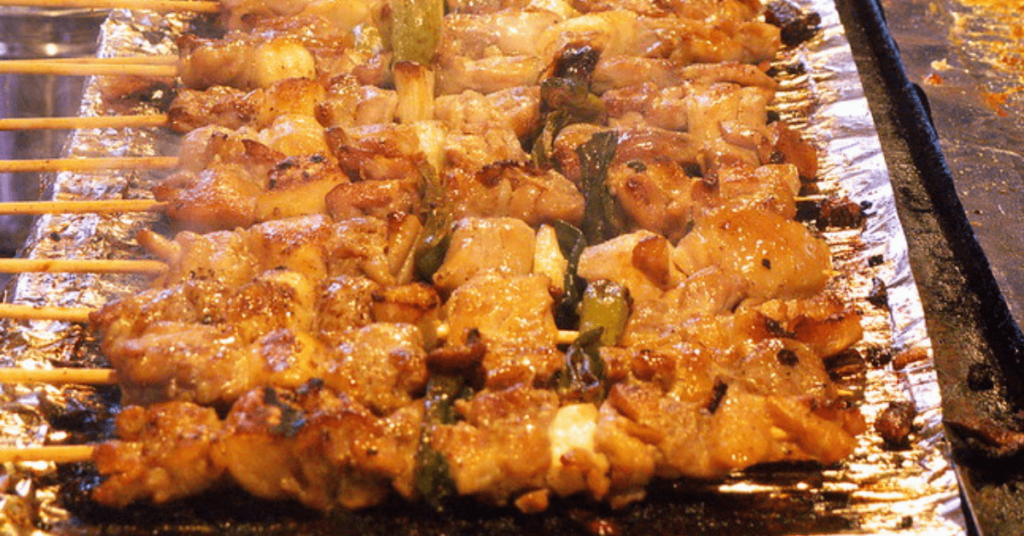
For those exploring Korean street food, dakkochi is an essential tasting experience. These skewers feature impeccably grilled, succulent chicken meat, generously coated in a delightful sweet and spicy sauce. To elevate the flavor, additional seasonings such as salt, mustard, mayonnaise, or ketchup can be incorporated into your skewers. For those seeking an extra kick, there’s the option of trying bomb-flavored dakkochi, dialing up the spice level to the maximum. Make sure not to pass up on this irresistibly delicious street snack.
13. Bungeoppang
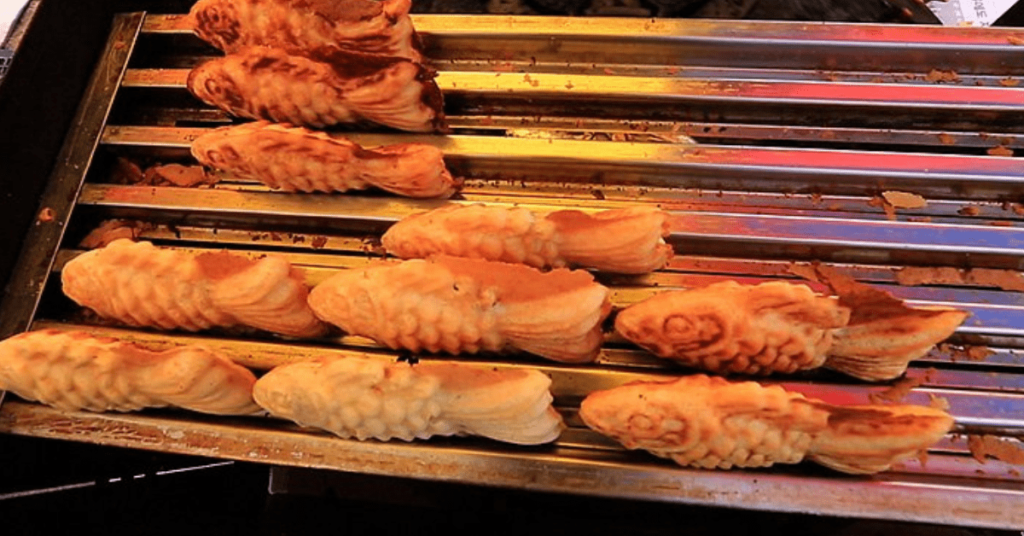
Bungeoppang, also known as fish-shaped bread, emerges as a beloved winter street food in South Korea. Crafted in the shape of a fish, this pastry is generously filled with sweet red bean paste, custard, or even cream cheese. The wafting aroma of the warm pastry itself is enough to tantalize your taste buds on a chilly day. The distinctive fish shape, coupled with the delightful sweetness of the filling, makes it a surefire hit among crowds. Easily accessible at street food stalls across South Korea during the colder months, it serves as the ideal pastry to enjoy while strolling through the city, savoring both the sights and sounds of Korea’s lively streets.
14. Kimbap
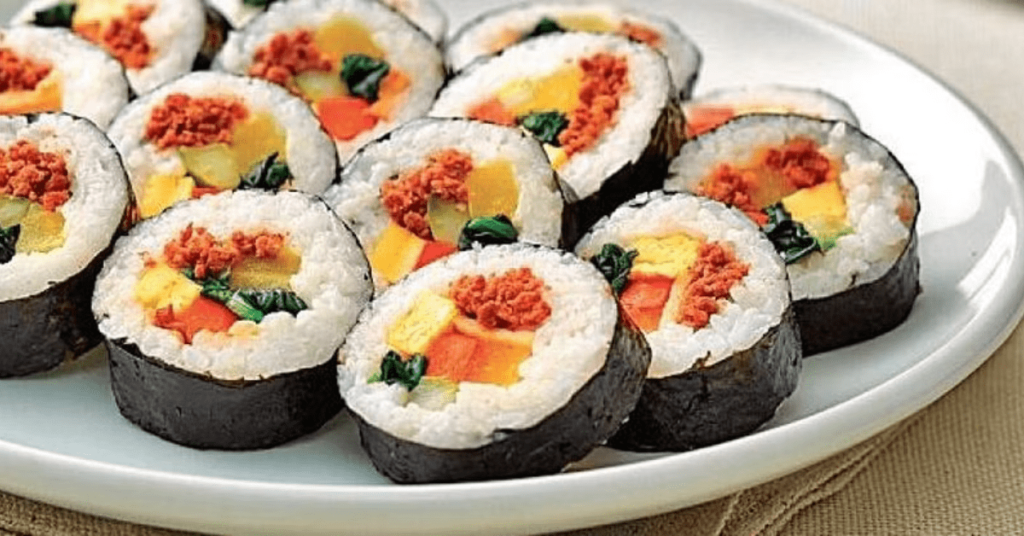
Kimbap is a Korean dish that shares similarities with sushi but boasts a unique touch of creativity and variety. Crafted from steamed white rice, kimbap features a diverse range of fillings, including meat, vegetables, egg, and pickled radish. What sets it apart from sushi is its presentation – instead of individual pieces, kimbap is neatly rolled in sheets of dried seaweed.
Ideal as a snack or picnic option, kimbap is both portable and easy to enjoy on the move. You’ll spot kimbap stalls in every neighborhood in Korea, making it an accessible and budget-friendly choice. For a bold flavor experience, give bulgogi kimbap a try – it’s packed with the delightful sweetness of marinated beef, offering a fusion of Korean and Japanese culinary influences in one tasty package.
15. Odeng
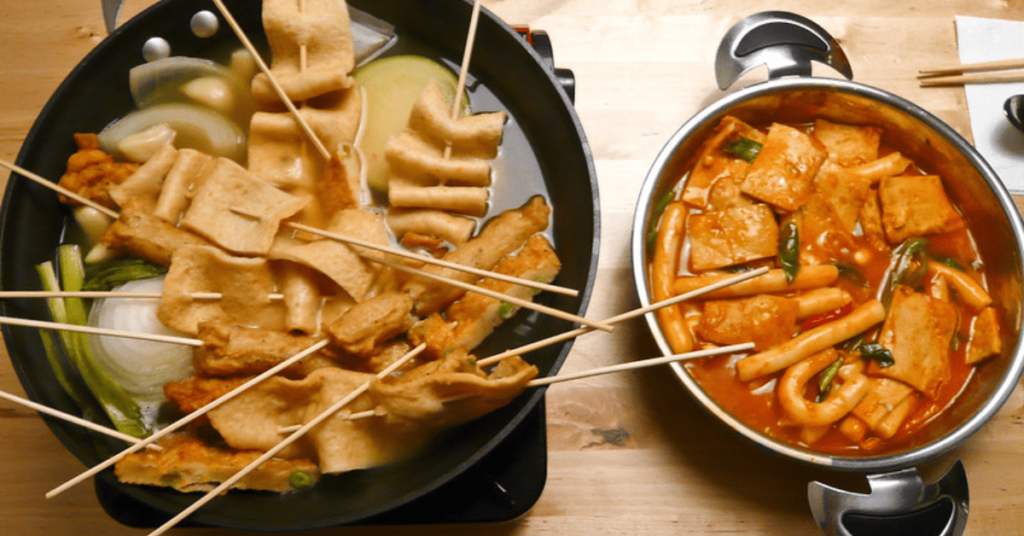
Odeng, a beloved Korean street food, consists of fish cakes served skewered on sticks. These cakes are crafted from codfish, potato starch, and a medley of veggies like onions and carrots. Typically peddled by street vendors known as pojangmacha, they expertly boil the fish cakes in a flavorful broth enriched with kelp and radish.
This comfort food can stand alone as a satisfying snack or be paired seamlessly with other street delights, think tteokbokki. Koreans often turn to odeng for a warming treat, especially during chilly months or rainy days. It’s a definite must-try for seafood enthusiasts and anyone eager to savor the authentic flavors of Korean street cuisine.
Have we missed your favorite Korean street food off our list? Let us know in the comments below and share your ‘must-try’ snacks with our community!

